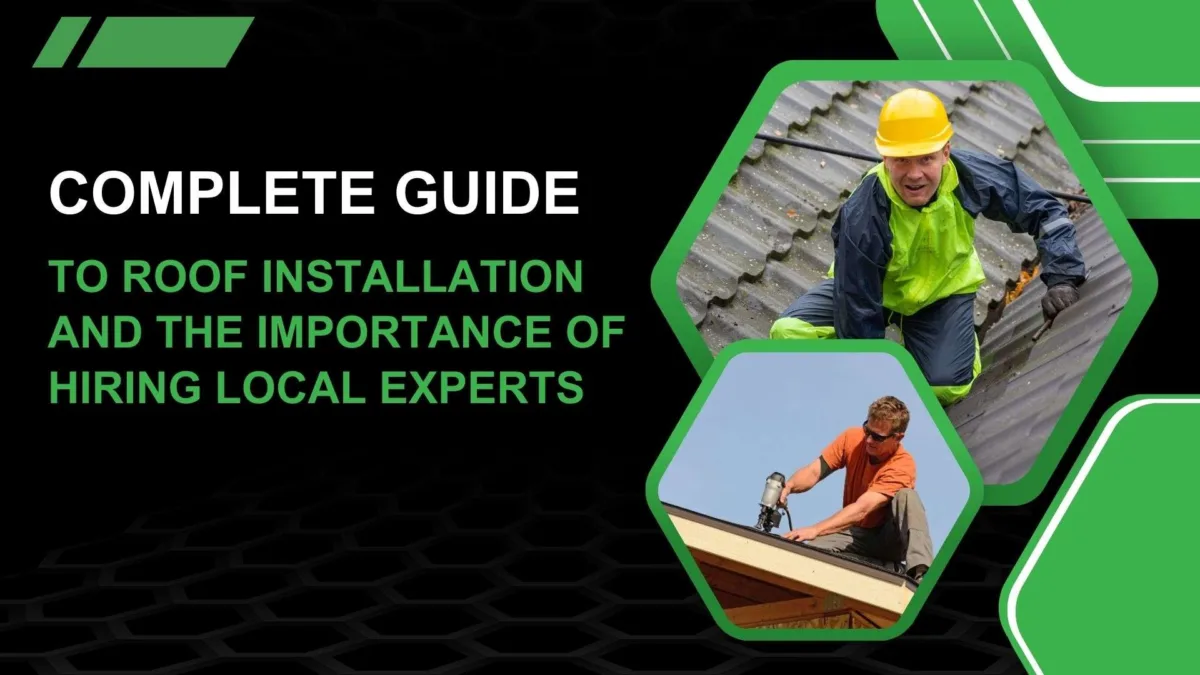What is TPO Roofing?
TPO roofing, short for Thermoplastic Olefin roofing, is a popular type of roofing material used in both residential and commercial buildings. It is a single-ply roofing membrane that is made from a blend of rubber and plastic. TPO roofing is known for its durability, energy efficiency, and ease of installation.
Benefits of TPO Roofing
TPO roofing offers several benefits that make it a preferred choice for many property owners:
- Energy Efficiency: TPO roofing has reflective properties that help reduce heat absorption, resulting in lower energy consumption and reduced cooling costs.
- Durability: TPO roofing is resistant to punctures, tears, and impact damage. It can withstand extreme weather conditions, including high winds and hail.
- Cost-Effective: TPO roofing is a cost-effective option compared to other roofing materials. It offers a good balance between price and performance.
- Easy Installation: TPO roofing can be installed quickly and efficiently, saving both time and labor costs.
- Environmentally Friendly: TPO roofing is recyclable, making it an eco-friendly choice for those concerned about sustainability.
For property owners in Texas looking for expert TPO Roofing Services, Apex Fencing and Roofing is the trusted local name. With years of hands-on experience and a commitment to quality, Apex Fencing and Roofing offers comprehensive TPO roof installation services that ensure lasting performance and protection. Whether you’re installing a new roof or replacing an old one, we provide solutions at competitive rates.
TPO Roofing Installation Process
Installing TPO roofing requires proper planning and execution to ensure a long-lasting and effective roof. Here are the general steps involved in TPO roofing installation:
1. Roof Inspection and Preparation
Prior to installation, a thorough inspection of the existing roof is conducted to identify any repairs or modifications needed. The roof surface is cleaned and prepared to ensure proper adhesion of the TPO membrane.
2. Membrane Installation
The TPO membrane is rolled out onto the roof surface and positioned according to the layout plan. It is then mechanically attached or fully adhered using adhesive, depending on the specific installation method chosen. The seams of the membrane are heat-welded together to create a watertight seal.
3. Flashing and Edging
Flashing and edging materials are installed to provide additional protection and ensure proper drainage. This includes installing flashing around roof penetrations, such as vents and chimneys, and securing edge details along the perimeter of the roof.
4. Quality Check and Final Touches
After the installation is complete, a thorough quality check is performed to ensure the roof is properly sealed and free from any defects. Any necessary adjustments or repairs are made, and the roof is cleaned to remove any debris or excess materials.
Apex Fencing and Roofing ensures that every step of the TPO roof installation process is handled with precision and care, giving clients peace of mind and reliable protection year-round.
Maintaining TPO Roofing
Proper maintenance is essential to maximize the lifespan and performance of TPO roofing. Here are some tips for maintaining TPO roofing:
- Regular Inspections: Conduct regular inspections to identify and address any issues or damage early on.
- Cleaning: Clean the roof surface regularly to remove debris, dirt, and algae that can accumulate over time.
- Preventative Maintenance: Perform routine maintenance tasks, such as checking for loose seams or damaged flashings, and promptly address any issues.
- Snow and Ice Removal: Remove snow and ice from the roof to prevent excessive weight and potential damage.
- Professional Maintenance: Consider hiring a professional roofing contractor to perform regular maintenance and inspections. Apex Fencing and Roofing also provides expert maintenance support as part of their full range of TPO Roofing Services.
Conclusion
TPO roofing is a reliable and cost-effective option for both residential and commercial buildings. Its energy efficiency, durability, and easy installation make it a popular choice among property owners. Contact a reputable contractor like Apex Fencing and Roofing, known for its exceptional TPO roof installation services because by following proper installation and maintenance practices, you can ensure that your TPO roof provides long-lasting protection for your property.
TPO roofing is a reliable and cost-effective option for both residential and commercial buildings. Its energy efficiency, durability, and easy installation make it a popular choice among property owners. Contact a reputable contractor like Apex Fencing and Roofing, known for its exceptional TPO roof installation services because by following proper installation and maintenance practices, you can ensure that your TPO roof provides long-lasting protection for your property.
TPO roofing is a reliable and cost-effective option for both residential and commercial buildings. Its energy efficiency, durability, and easy installation make it a popular choice among property owners. Contact a reputable contractor like Apex Fencing and Roofing, known for its exceptional TPO roof installation services because by following proper installation and maintenance practices, you can ensure that your TPO roof provides long-lasting protection for your property.



